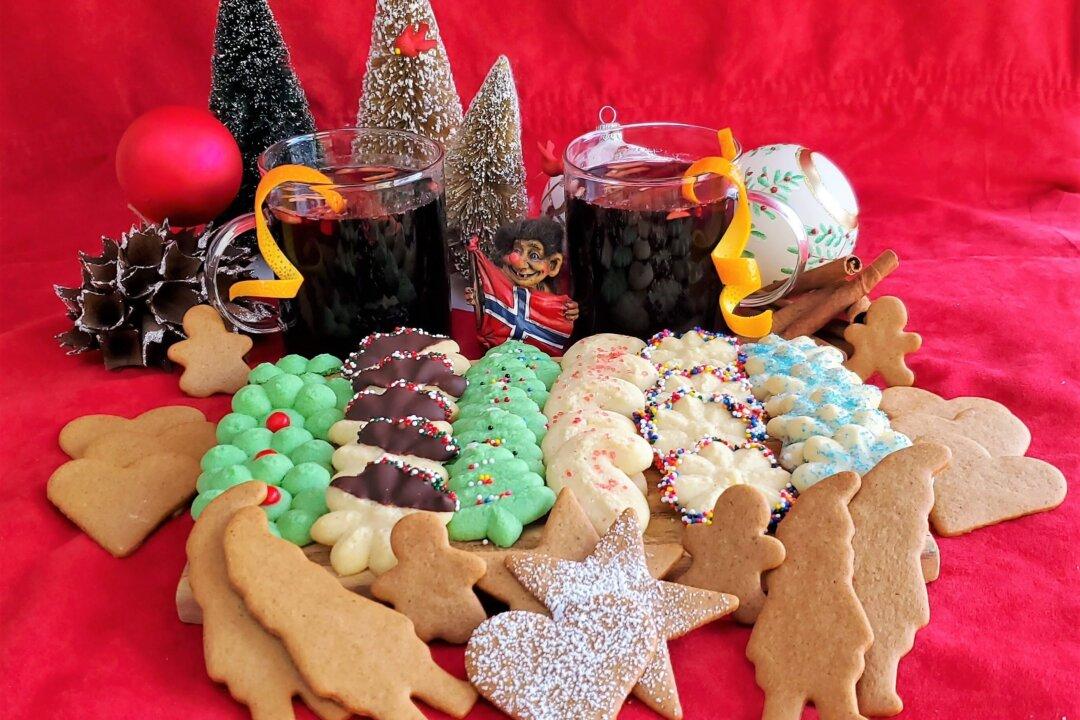I’m an avid baker, and the holidays are a time when I get to shine the spotlight on recipes that celebrate my Norwegian ancestry.
Norwegians love their sweets, especially during the holidays, when they celebrate with syv slags kaker, or “seven types of cookies,” a Christmas tradition that dates back to the Middle Ages.




